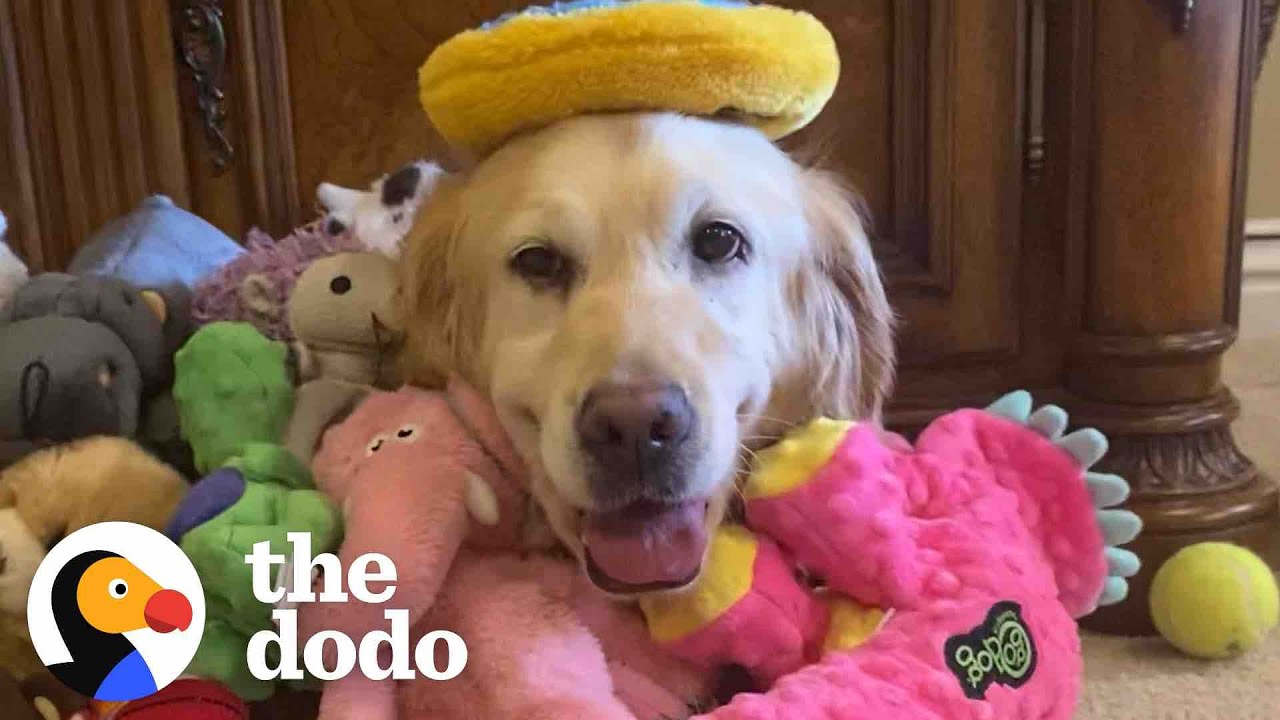Creating a Strong Bond: Science-Based training Techniques for Golden Retrievers
Introduction
Golden Retrievers are very friendly and love to make people happy. That’s why they’re a popular choice for families and individuals. To make sure you have a great bond with your Golden Retriever, it’s important to start training them early. In this blog post, we’ll talk about ways to train your Golden Retriever using science-based techniques to make your bond even stronger.
The Science of Bonding
Before we talk about training, let’s learn about the science behind bonding with your Golden Retriever. Scientists have found that a hormone called oxytocin helps us form strong bonds with our dogs. When we play with and cuddle our dogs, oxytocin is released, and it makes us feel close and loving towards them.
When you train your Golden Retriever using positive techniques, it not only helps you bond but also makes both of you feel good. This hormone oxytocin makes the connection between you and your dog even stronger, so training together becomes fun for both of you.
Training Techniques for Bonding
1. Positive Reinforcement: When your Golden Retriever does something good, reward them with treats, praise, or playtime. This makes them want to do it again and helps you build a stronger bond as you work together.
2. clicker Training: Clicker training is a cool technique that uses a small device that makes a special sound when you press it. Your dog learns that this sound means they did something right and will get a reward. It helps you communicate with your dog better.
3. Consistency: It’s important to be consistent when you train your Golden Retriever. Stick to a routine and use the same signals and commands every time. This helps your dog understand what you want them to do. Consistent training builds trust and makes your bond stronger.
4. Engage in Play: Playing with your Golden Retriever is not only fun but also helps you bond. Play games like fetch or tug-of-war, but make sure to set clear rules and keep the play positive and controlled.
5. Socialization: Socialize your Golden Retriever early on so they feel comfortable and confident in different situations. Join puppy classes or arrange playdates with other well-behaved dogs. Having positive experiences with new things helps your Golden Retriever become a happy and friendly companion.
Frequently Asked Questions (FAQs)
Q: How long does it take to bond with a Golden Retriever?
A: The time it takes to form a bond can be different for each dog and owner. Some Golden Retrievers bond quickly, while others may need more time. But with consistent training and positive interactions, a strong bond can form in a few weeks to a few months.
Q: Can older Golden Retrievers bond strongly with their owners too?
A: Yes! Dogs of all ages can form strong bonds with their owners. Puppies may bond faster because they love being social, but adult and senior Golden Retrievers can also build a strong bond through training, positive rewards, and spending quality time together.
Q: What if my Golden Retriever is stubborn during training?
A: Some Golden Retrievers can be stubborn or independent during training. In these cases, patience, consistency, and positive rewards are important. Break down tasks into smaller steps and reward even small progress. If you need help, you can ask a professional trainer for advice.
Q: Are there specific training techniques for separation anxiety?
A: If your Golden Retriever gets anxious when you leave, there are exercises you can do to help them feel more secure. Gradually expose them to being alone and give them positive experiences. A professional trainer or behaviorist can guide you through these exercises.
References
– Nagasawa, M., Mitsui, S., En, S., Ohtani, N., Ohta, M., Sakuma, Y., Onaka, T., & Mogi, K. (2015). Oxytocin-gaze positive loop and the coevolution of human-dog bonds. Science (New York, N.Y.), 348(6232), 333–336. https://doi.org/10.1126/science.1261022
– Overall, K. (2019). Manual of Clinical Behavioral Medicine for Dogs and Cats. Elsevier.
– Yin, S. (2019). How to Behave So Your Dog Behaves. CattleDog Publishing.
– Reid, P. (1996). Excel-Erated Learning: Explaining in Plain English How Dogs Learn and How Best to Teach Them. James & Kenneth Publishers.
– Dunbar, I. (2016). Before and After Getting Your Puppy: The Positive Approach to Raising a Happy, Healthy, and Well-behaved Dog. James & Kenneth Publishers.
– McConnell, P. (2002). The Other End of the Leash: Why We Do What We Do Around Dogs. Ballantine Books.
















